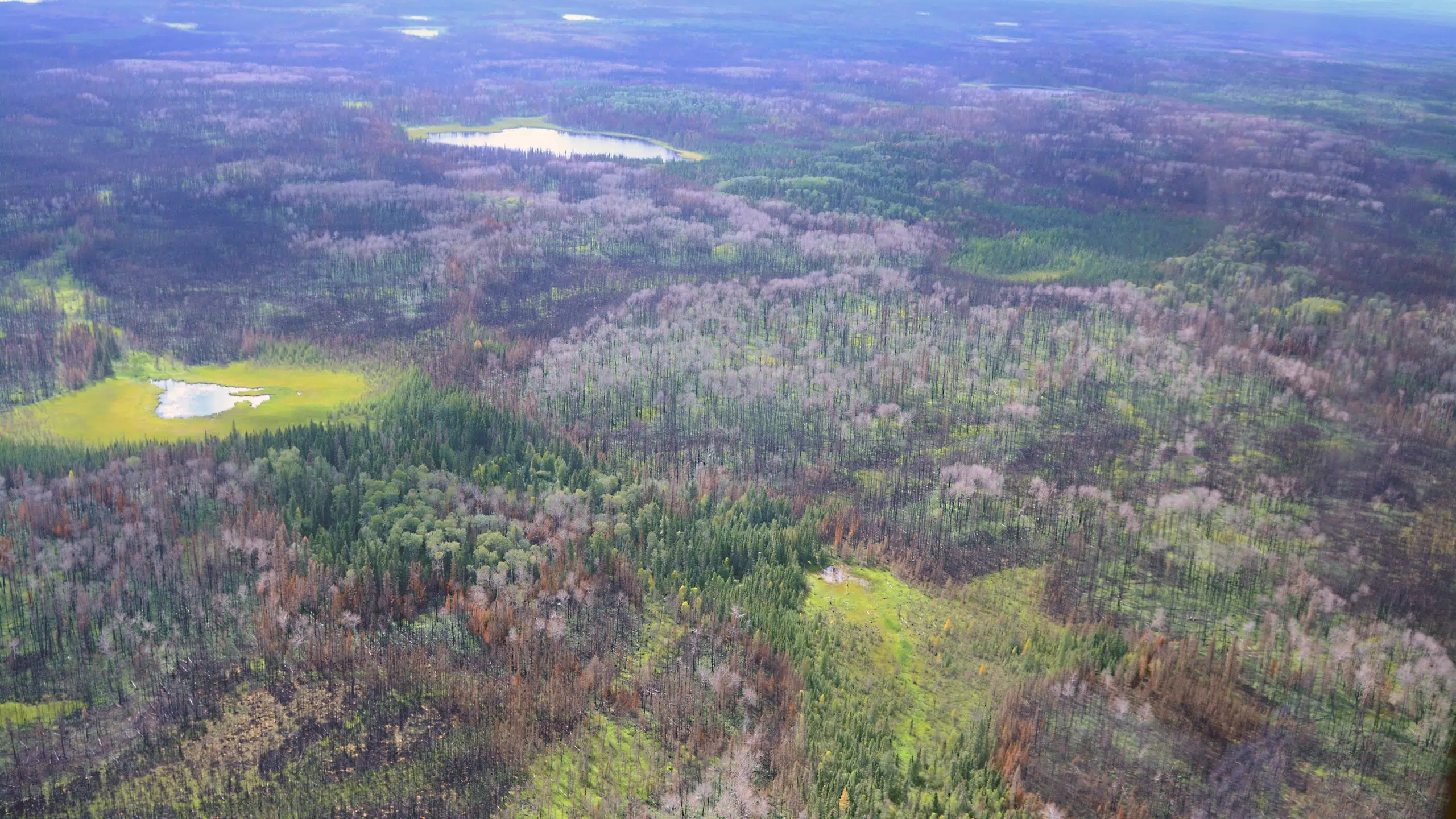
Prince Albert National Park staff reflect on Rabbit Creek wildfire
In the spring, staff at the Prince Albert National Park started a controlled burn, which eventually got out of hand and turned into the so-called Rabbit Creek wildfire.
Now, they’re reflecting on internal processes and policies, while assessing how the land has changed due to the blaze.
Park Ecologist Dustin Guedo helped set the parameters and objectives of the prescribed burn, and helped in assessing and controlling the fire and planning out how to suppress the blaze once it got out of control.
He said staff carefully planned the initial controlled burn and ensured everything was up to standard.


